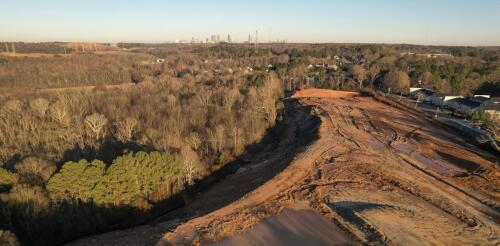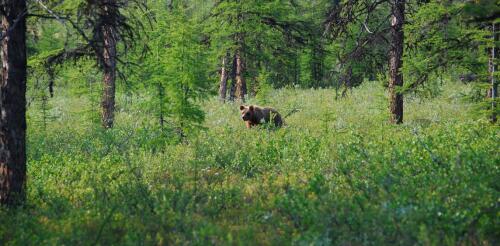Trees
Every year, Americans buy somewhere between 35 million and 50 million Christmas trees, and many more pull an artificial tree out of storage for the season. In all, about three-quarters of U.S. households typically have some kind of Christmas tree, surveys show. People often ask which is more sustainable – a real tree or an artificial one? It’s a big debate, and the answer depends on who you ask and which factors you consider. A more useful question is: How do I find the most sustainable tree of the kind I want to get? I’m a forestry professor who works on issues of sustainability. There are advantages and disadvantages to both cut trees and artificial trees. Here are some tips to consider for each. Cut Christmas trees require water and maintenance – and careful thought about disposal. 10'000 Hours/DigitalVision via Getty Images If you’re buying a live Christmas tree W...
When does lawful protest become criminal activity? That question is at issue in Atlanta, where 57 people have been indicted and arraigned on racketeering charges for actions related to their protest against a planned police and firefighter training center that critics call “Cop City.” Racketeering charges typically are reserved for people accused of conspiring toward a criminal goal, such as members of organized crime networks or financiers engaged in insider trading. Georgia Attorney General Christopher Carr is attempting to build an argument that seeking to stop construction of the police training facility – through actions that include organizing protests, occupying the construction site and vandalizing police cars and construction equipment – constitutes a “corrupt agreement” or shared criminal goal. The indictment’s justification is rooted in long-standing anti-anarchist sentiments within the U.S. government. However, some civil r...
Earth’s boreal forests circle our planet’s far northern reaches, just south of the Arctic’s treeless tundra. If the planet wears an Arctic ice cap, then the boreal forests are a loose-knit headband wrapped around its ears, covering large portions of Alaska, Canada, Scandinavia and Siberia. The boreal region’s soils have long buffered the planet against warming by storing huge quantities of carbon and keeping it out of the atmosphere. Its remoteness has historically protected its forests and wetlands from extensive human impact. These two traits rank boreal forests among the most important ecosystems on Earth. In addition, numerous species of mammals, fish, plants, insects and birds make these forests home. For over two centuries, scientists have recognized that climate plays a key role in determining the geographic zones of plant communities. Because boreal forests and soils face subzero winters and short summers, these forests and the animals that li...
Strong winds blew across mountain slopes after a record-setting warm, dry summer. Small fires began to blow up into huge conflagrations. Towns in crisis scrambled to escape as fires bore down. This could describe any number of recent events, in places as disparate as Colorado, California, Canada and Hawaii. But this fire disaster happened over 110 years ago in the Northern Rocky Mountains of Idaho and Montana. The “Big Burn” of 1910 still holds the record for the largest fire season in the Northern Rockies. Hundreds of fires burned over 3 million acres – roughly the size of Connecticut – most in just two days. The fires destroyed towns, killed 86 people and galvanized public policies committed to putting out every fire. Many residents of Wallace, Idaho, fled on trains ahead of the 1910 blaze. Volunteers who stayed saved part of the town, but about a third of it burned. R.H. McKay/U.S. Forest Service...
The heat dome that descended upon the Pacific Northwest in late June 2021 met a population radically unprepared for it. Almost two-thirds of households earning US$50,000 or less and 70% of rented houses in Washington’s King, Pierce and Snohomish counties had no air conditioning. In Spokane, nearly one-quarter of survey respondents didn’t have in-home air conditioning, and among those who did, 1 in 5 faced significant, often financial, barriers to using it. Imagine having no way to cool your home as temperatures spiked to 108 degrees Fahrenheit (43 Celsius), and 120 F (49 C) in some places. People in urban heat islands – areas with few trees and lots of asphalt and concrete that can absorb and radiate heat – saw temperatures as much as 14 F (7.8 C) higher than that. Extreme heat disasters like this are becoming increasingly common in regions where high heat used to be rare. Blackouts during severe heat waves can also leave residents who believe they are...




